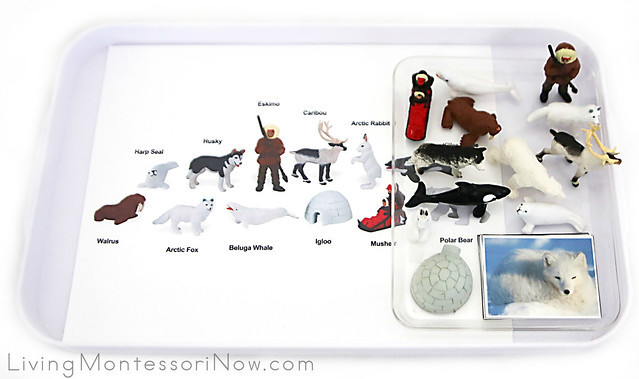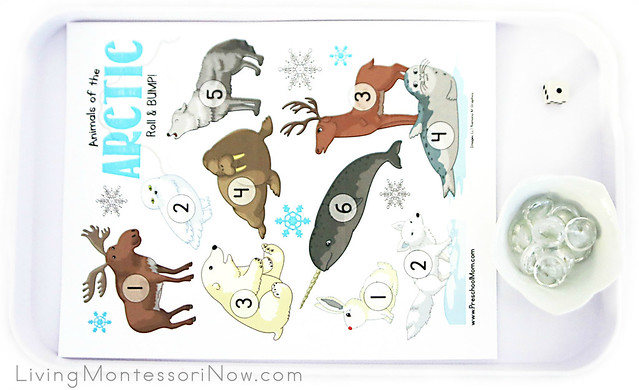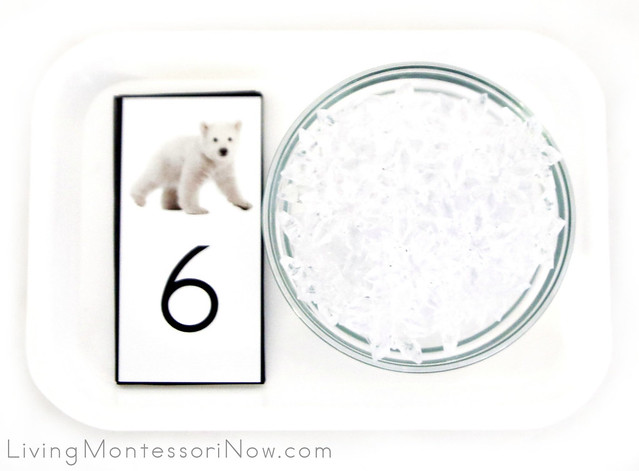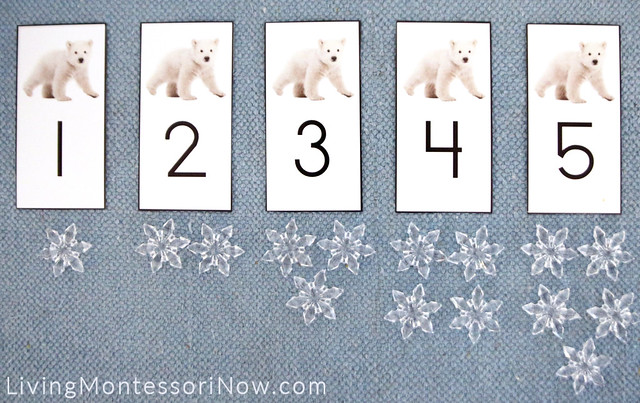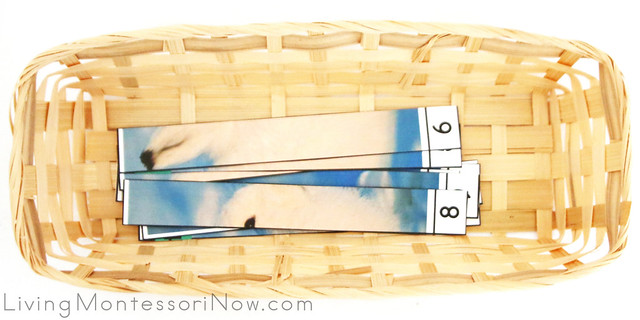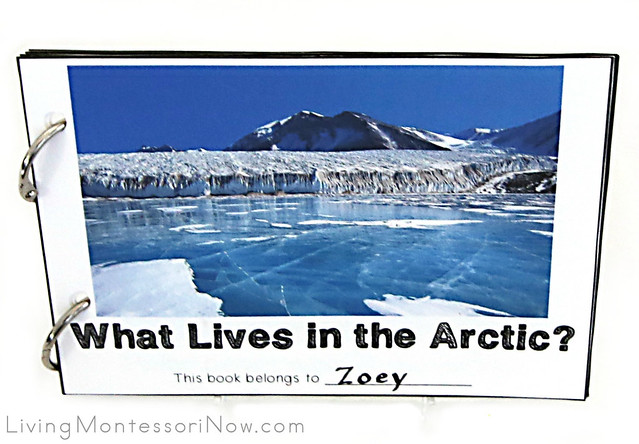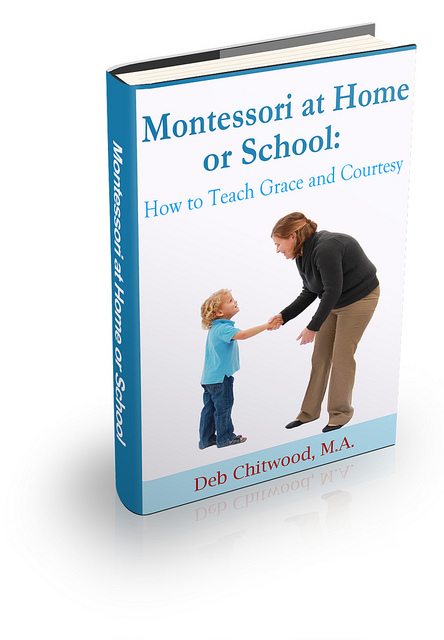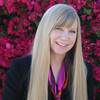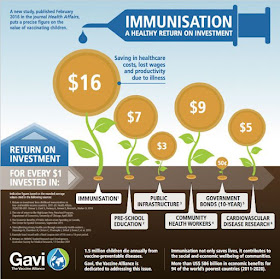WHAT HAPPENS WHEN WE INVEST
IN EARLY LEARNING?
Those of us in the Early Childhood Community, already understand why early learning is so critical to our children, families and to the building of community over generations. For those not in our community of early learning, it may not be so obvious, and that's not a judgement, just simply a matter of perspective.... so this month's blog is for you to share with your friends, family and colleagues who are new to the idea that "When you invest in early childhood education, the ROI (Return on Investment) is extremely positive for our communities in many concrete ways."
I could makes some simple points, attach some images and say.... Happy Holidays! However, if you know me, you know I never do that. Instead, lets make this real, and the timing couldn't be better. I'm going to use a real-life example of investing in early childhood by a specific community to make this ROI thing real and exciting.
To get started, what are others saying about this idea?
In this article, a group of over 1,000 law enforcement leaders signed a letter urging support for a new state-federal partnership. This was back in 2013. The research this group provided stated that "nationwide, 7 of 10 people in state prisons don't have a high-school diploma. In getting to the root of the problem, it all boils down to a strong foundation for success provided by high-quality preschool and early education programs. This proposal would have provided states with $99 billion to initiate and strengthen quality preschool and early childhood programs.
Why didn't this take hold? Children and education in general continues to be a pawn of politics. Notice I'm not taking sides politically, nor will I. My energy and efforts remain on serving children and I believe our future depends on that.
Some states took innovative action to create funding for early childhood education. One such program is in Arizona, called First Things First, and it has been a success.
There have been other attempts and here is a great article. It's a bit ponderous to read, but essentially it shows valid statistics that clearly show:
1. Children who receive a preschool experience stay in school longer and have a much greater chance of graduating from high school and going beyond into higher education.
2. While this keeps more people out of the work force and can equate into a lower economic output in the short term, the long term impact is extremely positive for our economy.
3. Over the long haul, here are the number it shows for our economy when we invest in early childhood education:
- Between 2038 and 2046, the impact of an investment in early childhood shows a rapid increase.
- By 2080, the GDP (Gross Domestic Product) would grow by 2,000,000,000,000, yes, 2 trillion dollars.... and that would be 2 trillion dollars in 2005....it's a lot.
- The cost of this program would be 59 billion... do the math.
So why wasn't this program implemented? There are many reasons, but the essential reason is that children and early childhood education, continues to be one of many bargaining chips in the world of politics.
We need to set early childhood education into a special place where it is a non-political issue and embraced by all, regardless of political preference. Why? Pick your reason:
1. You believe in creating opportunity for all children to succeed.
2. You feel strongly that a solid economy will improve many aspects of many people's life.
3. All of the above.
Which did you choose? Doesn't really matter, does it? :) The ROI with this investment has been described in many ways, and each it is, the result is impressive... investing in early childhood education is where it's at, when we are talking about improving our communities, from local to national to global.
For a more global perspective on how investing in early childhood education has a very positive impact on economy on a different scale, check out this article. It is easy to forget that in our country, many are born healthy, while in many other countries, up to 1/8 of all children (in developing countries) are born malnourished. I'm not suggesting who's responsibility it is to make positive change in this area. What I am asking you to consider is this:
In whatever way we can, we should be investing more funding into early childhood programs. Even if it means paying a little more out of pocket in taxes. The rewards would be exponential and our future children and grandchildren will be the recipients of this "sacrifice." I put that word into quotations because in comparison to the sacrifices many have made, this would be, in my opinion, a small sacrifice.... really it would be more of.... an investment. When we invest in early childhood education, the chances of young children succeeding, including but not limited to breaking the cycle of poverty increases dramatically.
So far, I've pointed out one very successful program that was initiated by the citizens of the state of Arizona, and anyone can make that happen in any state. However, what about the many smaller early childhood programs that aren't served as well, not out of neglect, but simply because the needs outweigh the capacity of any one program.
Let me introduce you to a new initiative, in my hometown of Tucson, Arizona.
It's called Strong Start Tucson.
For a .01 cent, that's 1 penny, sales tax, millions of dollars are created for the sole purpose of making high quality preschool a reality for any family. I'll let you visit the site and read more about it. Right now, I'm asking you to endorse this by clicking on this link.
To build community, we have to put both our actions and our wallet where our mouth is.
- For a strong community, we need to invest in early childhood education.
- For a strong economy, we need to invest in early childhood education.
Notice I didn't say "day care". The programs involved are nationally accredited and offer a wonderful preschool experience that includes learning in language, math, science, and social-emotional growth. I know because I am in those classrooms working with children, teachers and parents on a weekly basis. If you ever want to tag along with me one day, here is your invitation.
Hopefully, I can now say, "Thanks for endorsing Strong Start Tucson!" I now invite you to make a donation to this worthy investment by clicking on this link. Any amount is helpful.
What's next.... share this idea and this program with someone in your community and ask yourself, "should we invest in early childhood education?"
Chat with you next time on January 10! Happy New Year!
Founder and Director of Education, Global Learning Foundation
Co-Creator, iBG (Intellectual Brainwave Games)
a new album for children and families
for brain games and breathing strategies
SaveSaveSaveSave




























